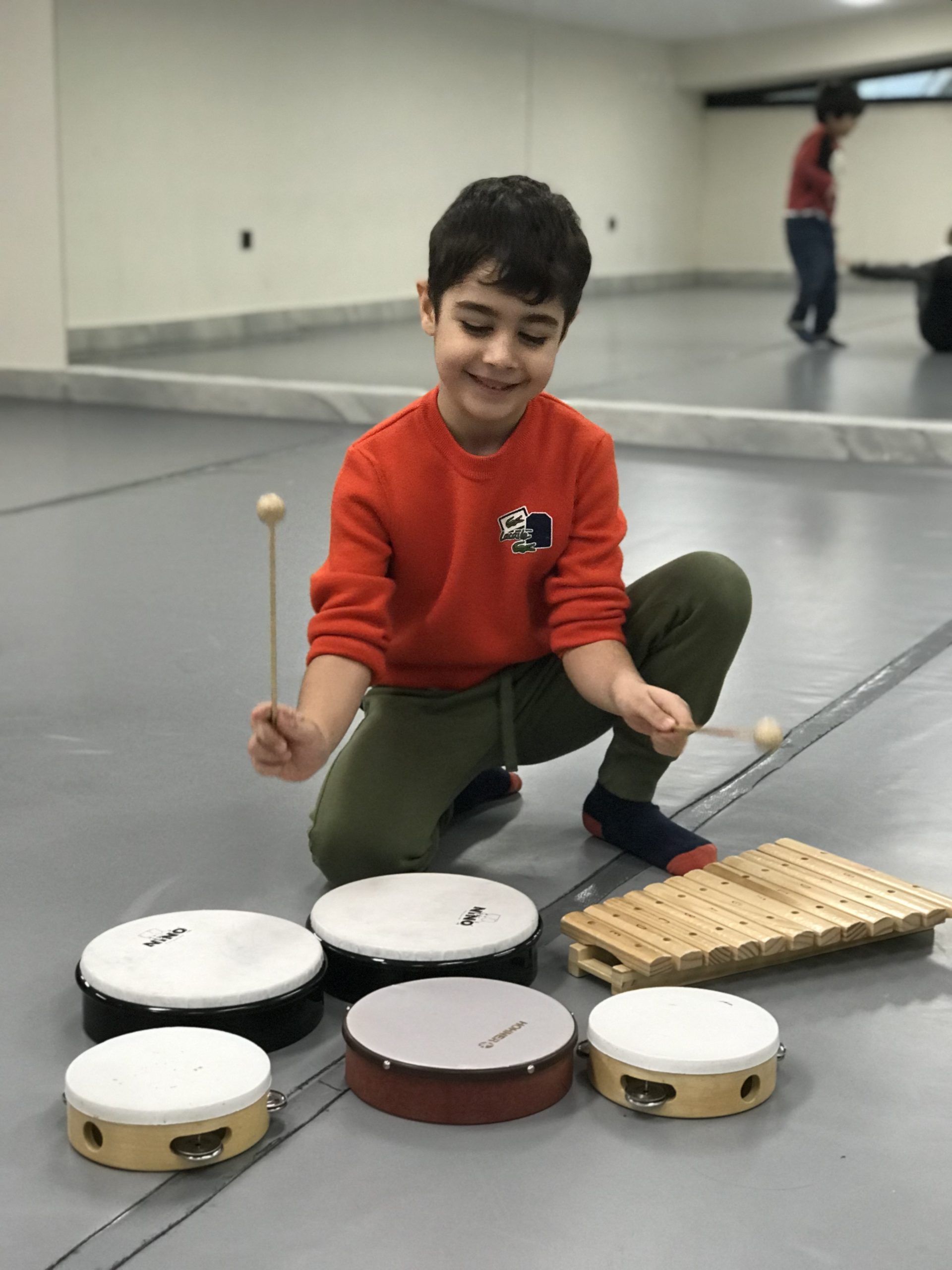
The second most important cornerstone of the Montessori classroom is the sensory area. Children explore the world they live in by using all their senses. For example, the music bells material in the sensory area helps the child’s ear to distinguish auditory stimuli, to recognize sounds and then prepares the ear for musical activities. While the child works independently in environments prepared with the Montessori method, the classical music and instruments he/she listens to in the background develops his/her musical taste, sense of hearing, preferences and mind.
When they gather in circle time, they train their ears with the rhythmic musical instruments they and their teachers use. In this manner, the children develop their language development on the one hand and their gross motor skills on the other hand with frequently repeated songs with rhyming lyrics, finger plays and musical activities supported by movement.
Research emphasizes the importance of music education in early childhood, and stresses that group activities accompanied by music develop problem solving, logical thinking and self-expression skills. In a Montessori environment, we can also add grace and kindness, which further shape the child’s behavior.
To summarize, music education, like other areas of the Montessori classroom, is embedded within the natural routine of the classroom environment as a part of the child’s daily life.
In addition, for children with special interests and talents in music, special lessons with different instruments are offered for individual children or small groups after 16:00.